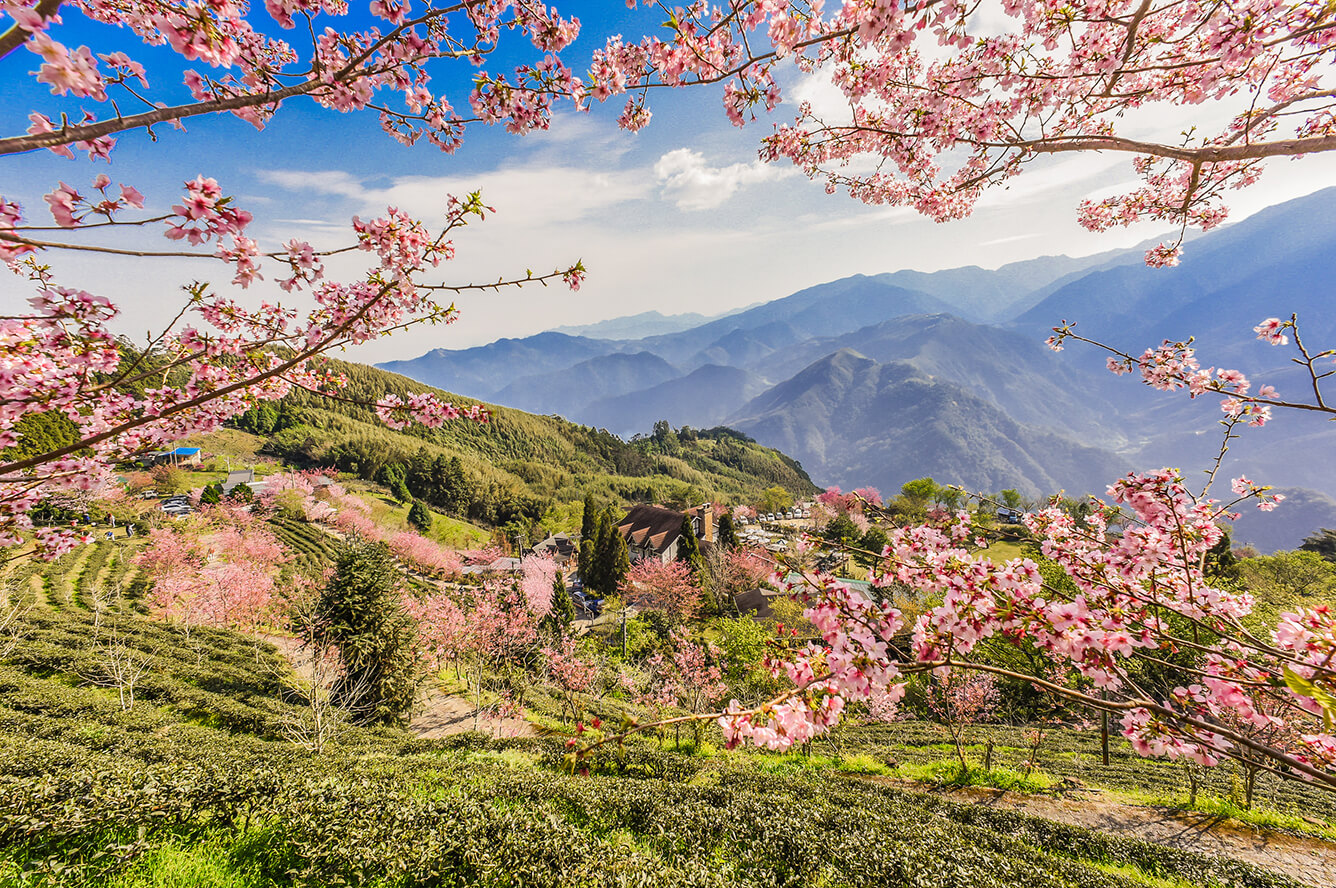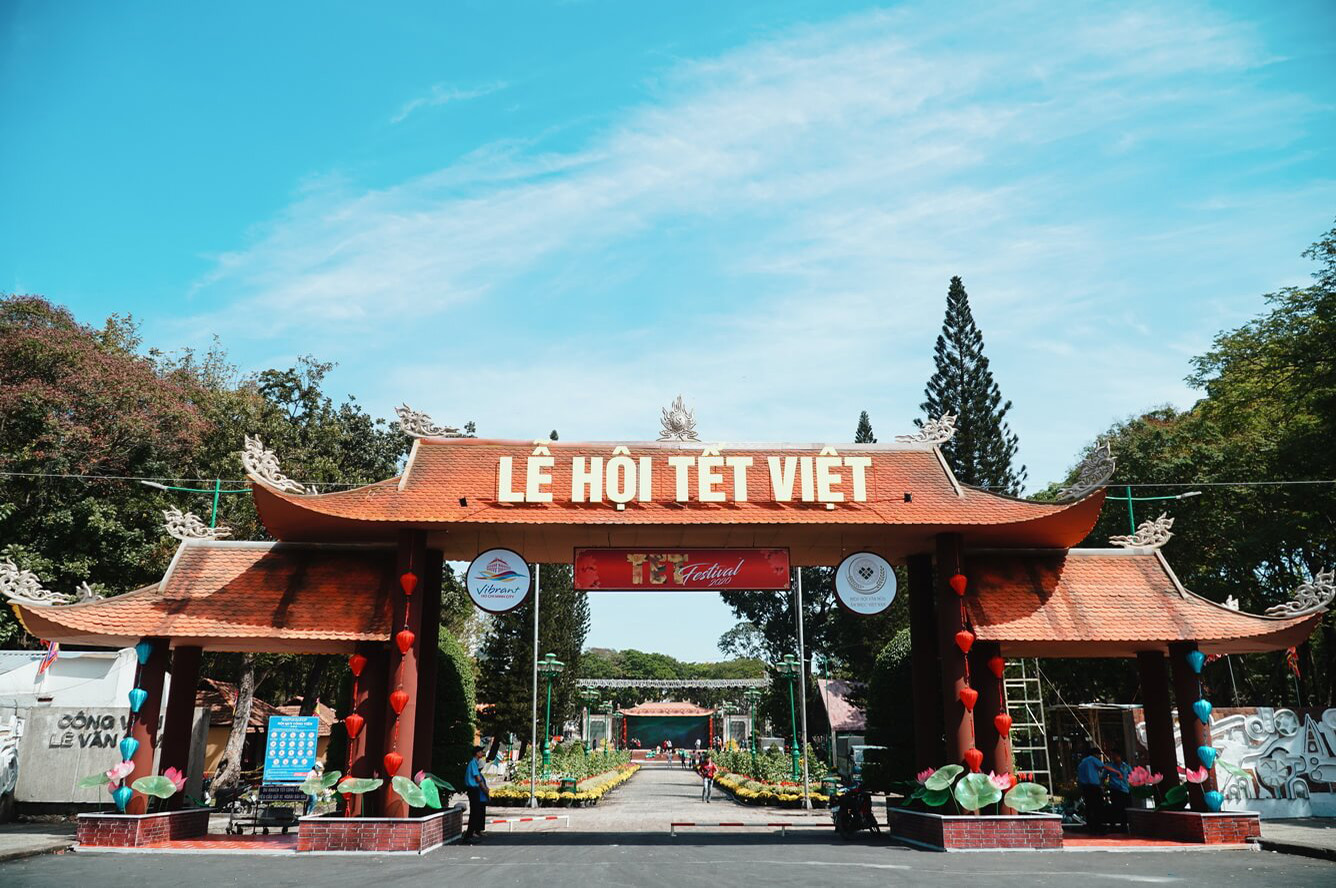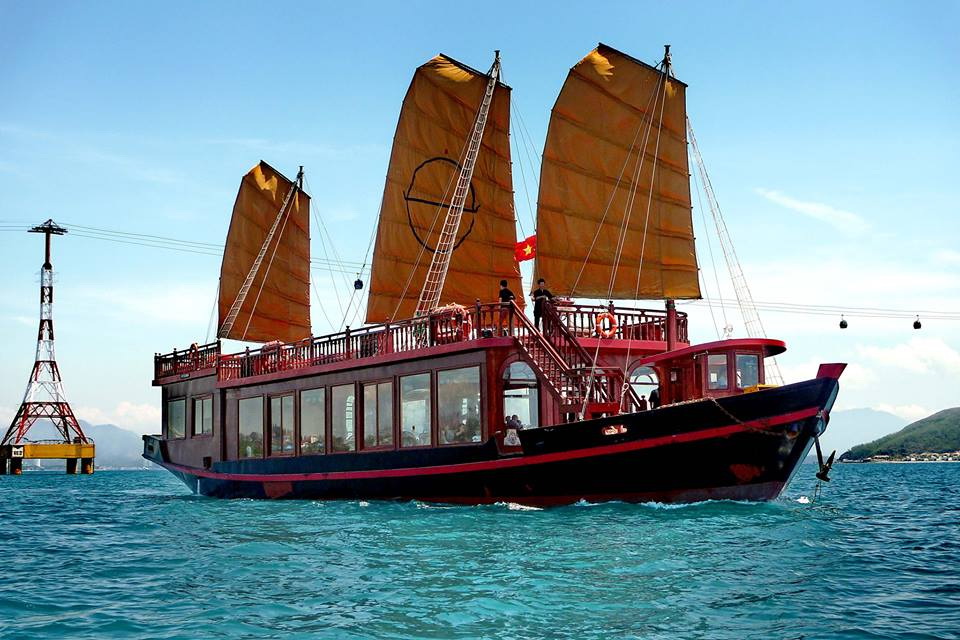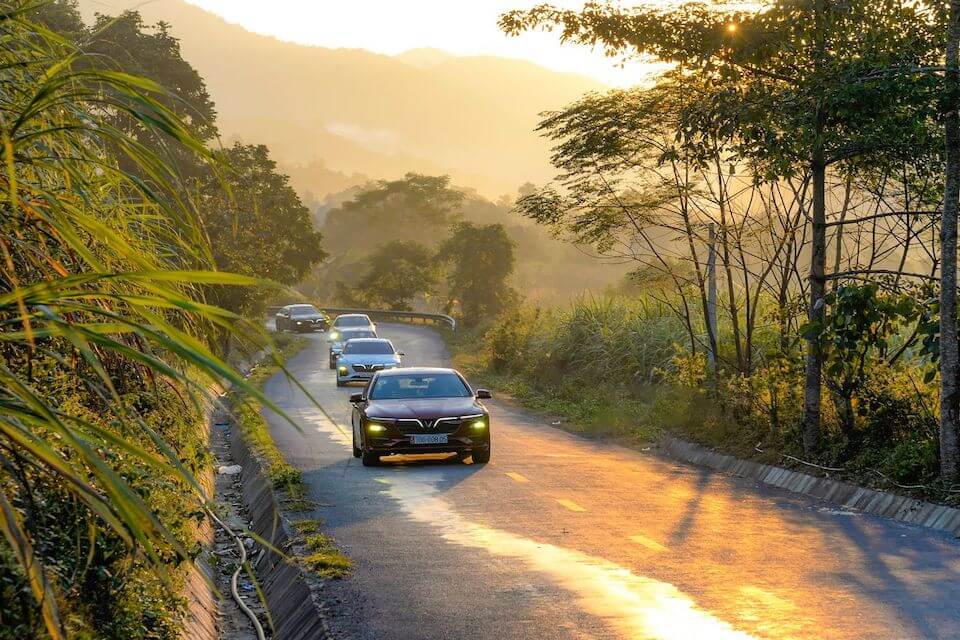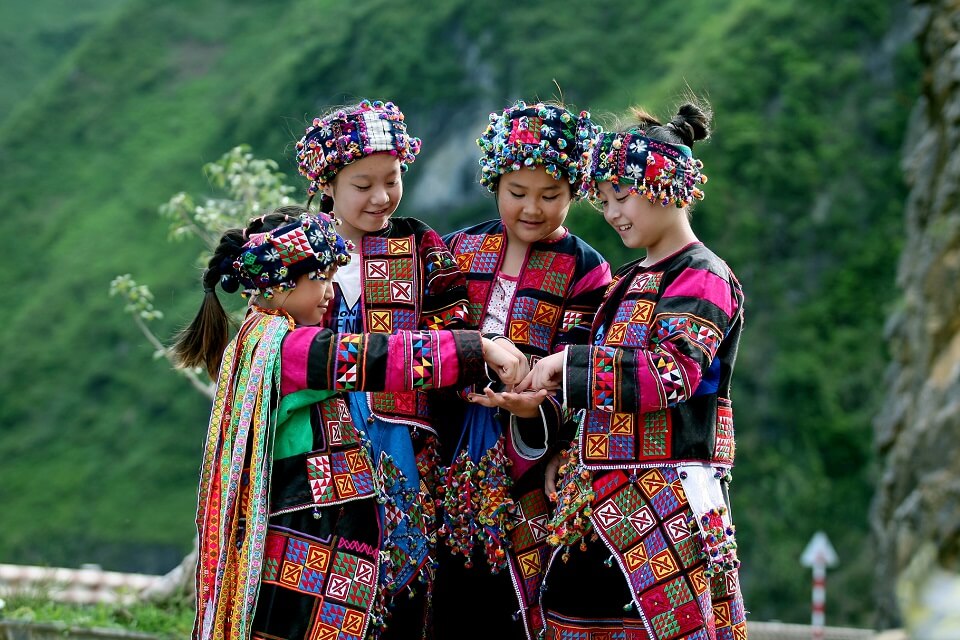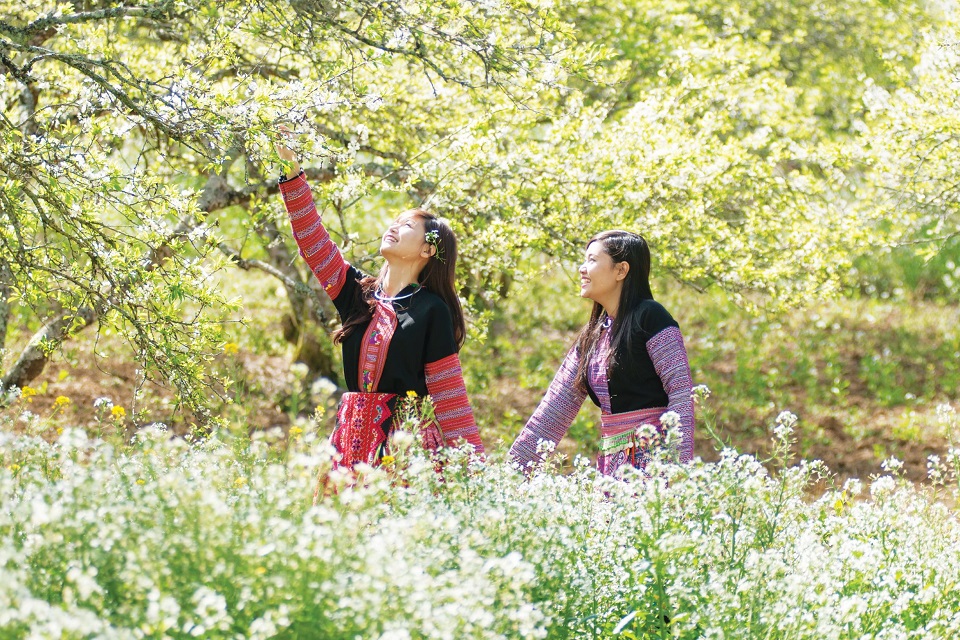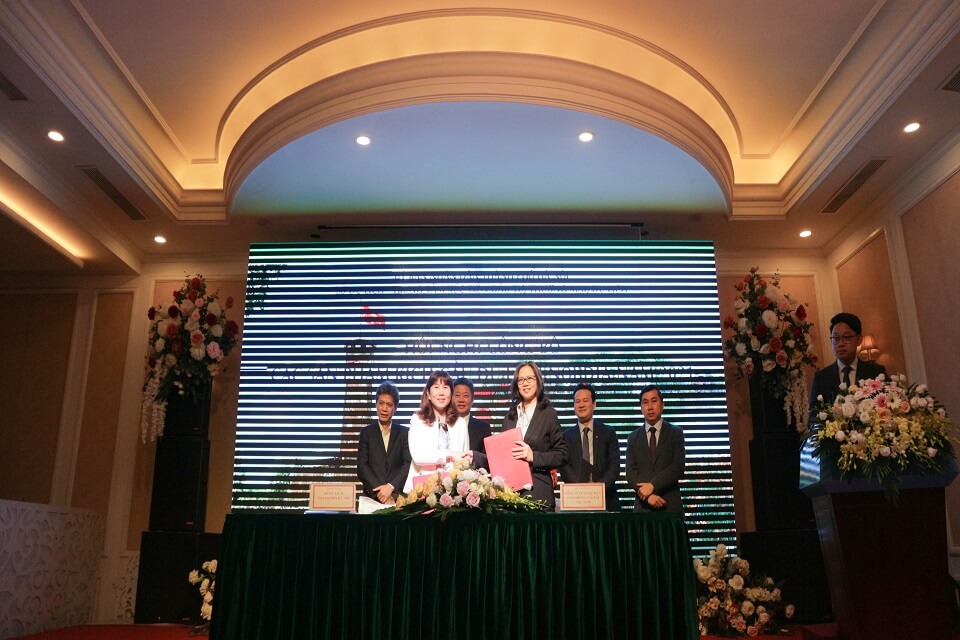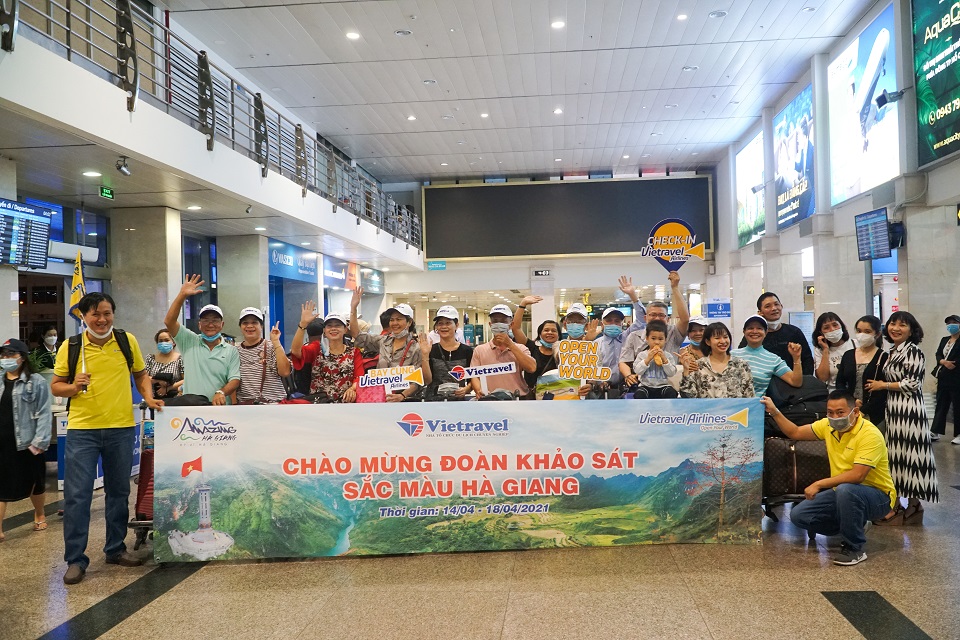Laos Highlight Destinations
A landlocked mountainous country, studded with temples, covered with jungles. The laidback feel of Laos and the relative lack of westernized development make it an attractive for many visitors; it is probably the most ‘authentic’ of the Indochinese nations.
Most people come to Laos and make a brief tour of Vientiane and UNESCO World Heritage-listed Luang Prabang (which with its monasteries, colourful markets, and traditional architecture remains one of Asia’s most beautiful cities) with perhaps a brief detour to the mysterious Plain of Jars. But those who make the effort to explore further afield will be well rewarded with luscious landscapes, friendly people and unique glimpses of a country hardly changed for over a century.
VIENTIANE
Getting here: Vientiane’s Wattay International Airport is the gateway to most domestic destinations. There are daily flights to/from Luang Prabang.
VANG VIENG
Just off of route 13 north are two of Vientiane Province’s well known attractions: a small man-made reservoir known as Nong Nok near Ban Sivilay which is a great bird watching site; and the ancient Vang Xang Buddha images and sculptures that are carved into the side of a sandstone escarpment.
Getting here: From Vientiane it is a 2 - 3 hours drive and Luang Prabang 6-7 hours drive.
LUANG PRABANG
Visitors to Luang Prabang are charmed by the friendly atmosphere of this small town. The town itself offers several unique insights into the history of the region, through excellently preserved Buddhist temples, museum and a variety of Lao, Tai-Lue, Burmese, Chinese and Taui architecture Night Market. Nearby attractions include Pak Ou Caves which houses thousands of Buddha images, Kuangsi Waterfall and several cotton-silk weaving villages. Luang Prabang also sells a large variety of traditional goods; the town is famous for its unique textiles and beautiful mulberry paper. Famous foods are “Aur Lam” (a thick stew made with the forst herb “Sakhan”, meat and eggplants), “Jaew Bong”, a sauce made with hot chillies and buffalo skin and “khai Pan” dried river weed lightly fried with sesame seeds and garlic.
Getting here: There are direct international flights from Bangkok, Hanoi, Chiang Mai, Siem Reap, Kunming. There are daily domestic flights (40 minutes) from Vientiane. By road, it is a 9 - 10 hour drive from Vientiane and 6-7 hours from Vang Vieng.
PAKSE
Getting here: There are daily flights to Pakse from Vientiane (1hr 15mins) and 3 flights a week from Luang Prabang (1hr 50mins) on Lao Airlines.
Source Indochinadiscoverytravel

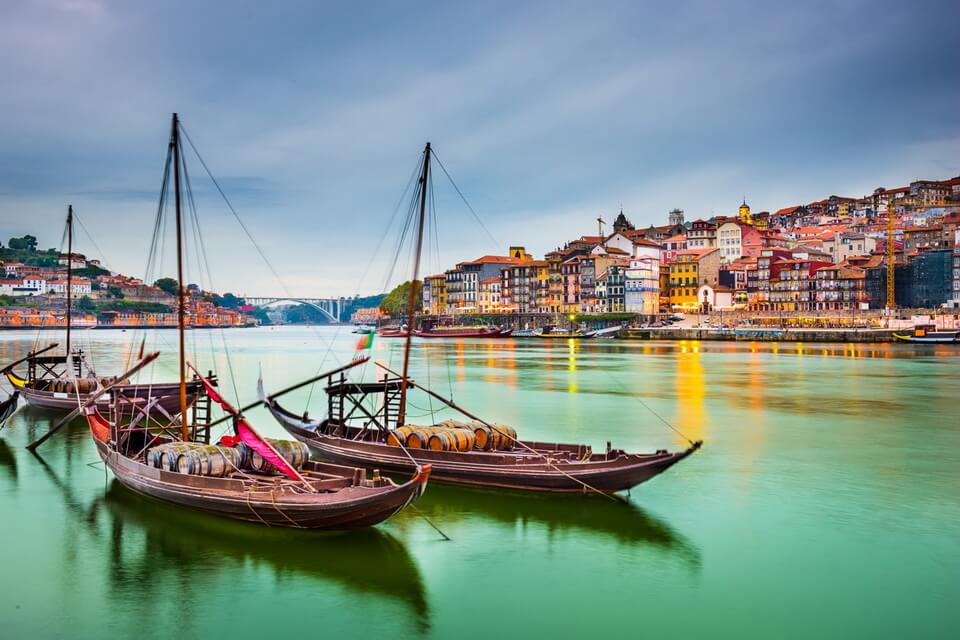
Benefits from investment for overseas settlement
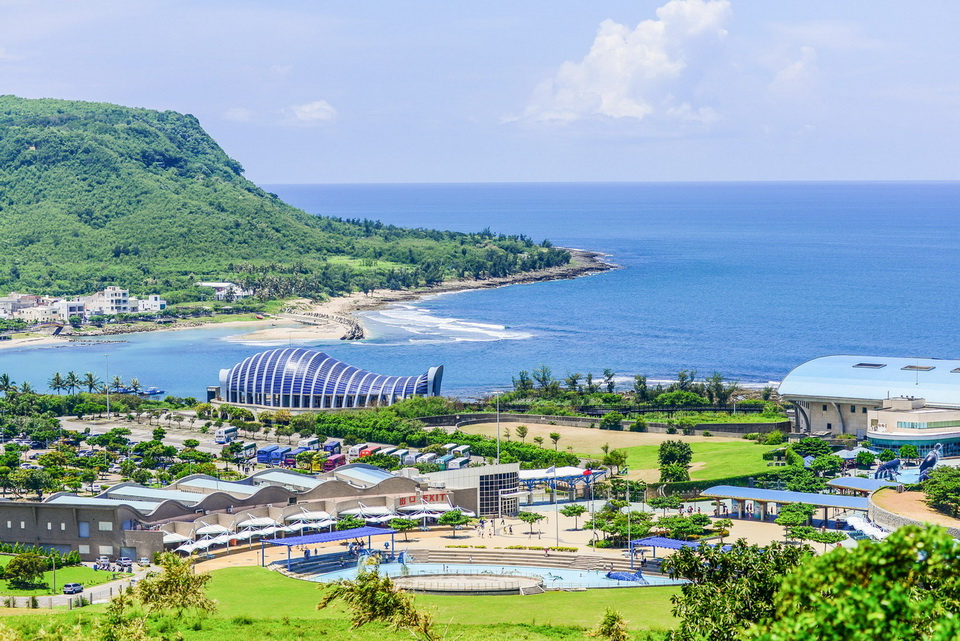
New experiences for travel in Taiwan
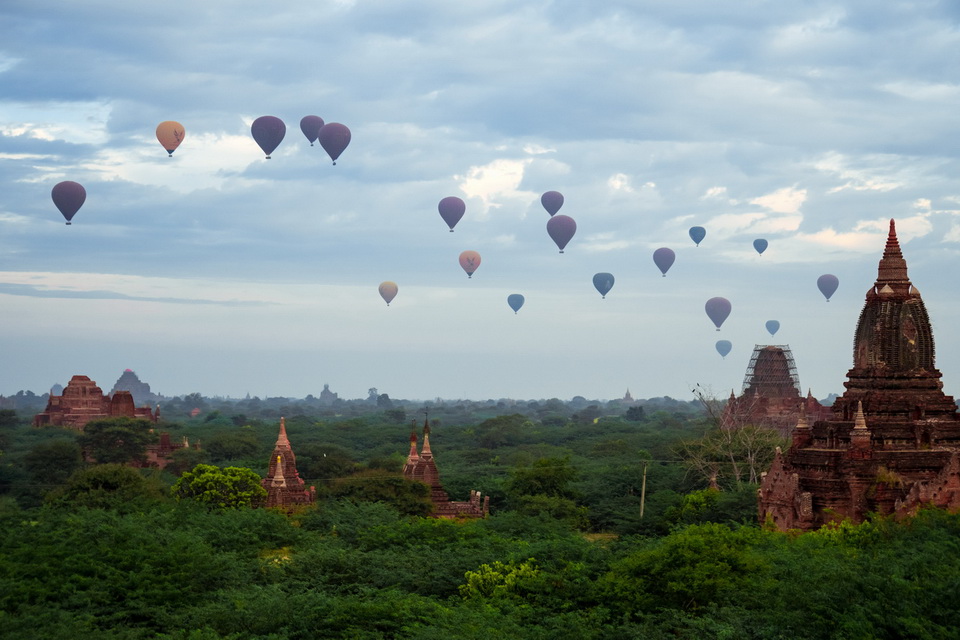
Exploring the ancient city of Bagan
Living a farmer’s life in Ibaraki Prefecture
Let’s live with farmers from the Hiroura Rural Experience Promotion Association in Ibaraki Town!
From cherry blossoms to nemophila, spring in Ibaraki is the season of flowers
Spring is the season of flowers blooming everywhere. This article would like to introduce the places ...
What's so special about experience tours in Ibaraki?
Ibaraki Prefecture is easy to reach from Haneda Airport or Narita Airport. It takes about 90 minutes ...
Where to see the most spectacular Cherry blossoms in this Spring
Spring is here, and so is the countdown to one of the most beautiful blooms of the year: Cherry blos ...
Tet and others spectacular festivals around the world in January 2020
In January 2020, Tet festival in Vietnam and others spectacular festivals around the world are color ...
The best Christmas drinks from around the world
Boozy, warming, and very indulgent – what more do you expect from a Christmas cocktail? Try one of t ...







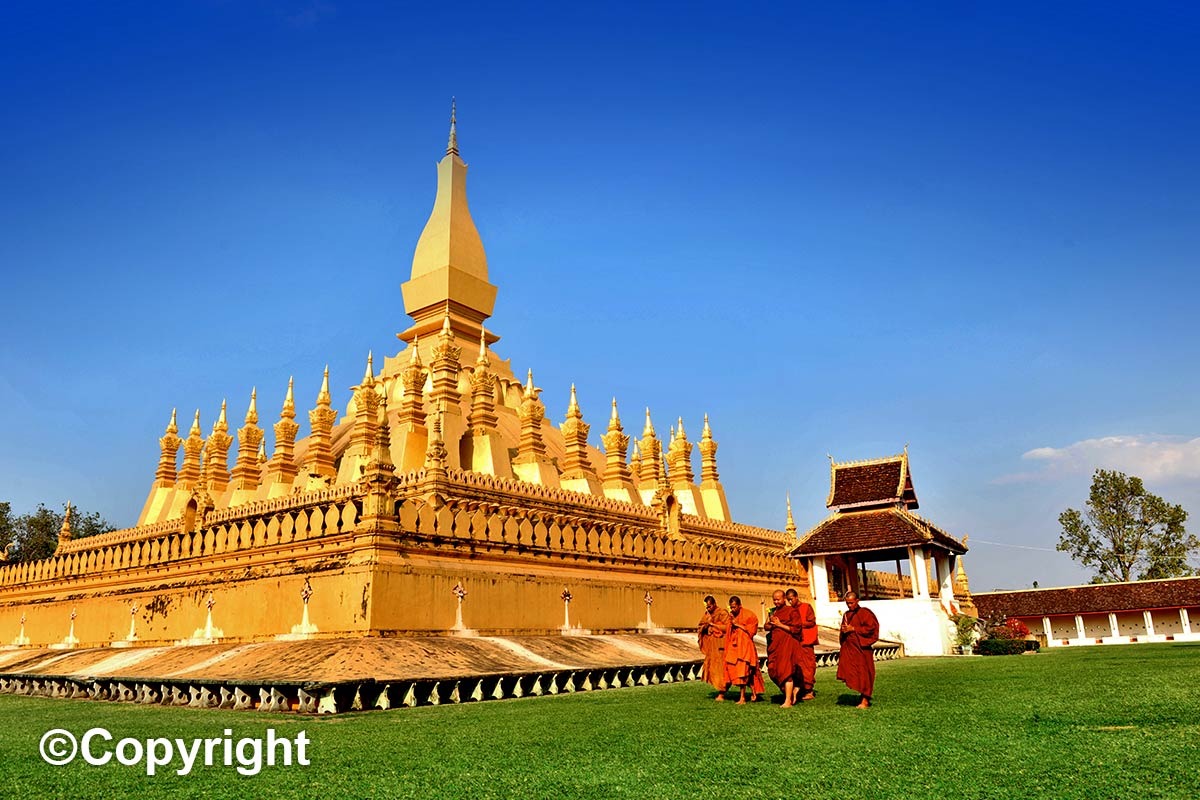
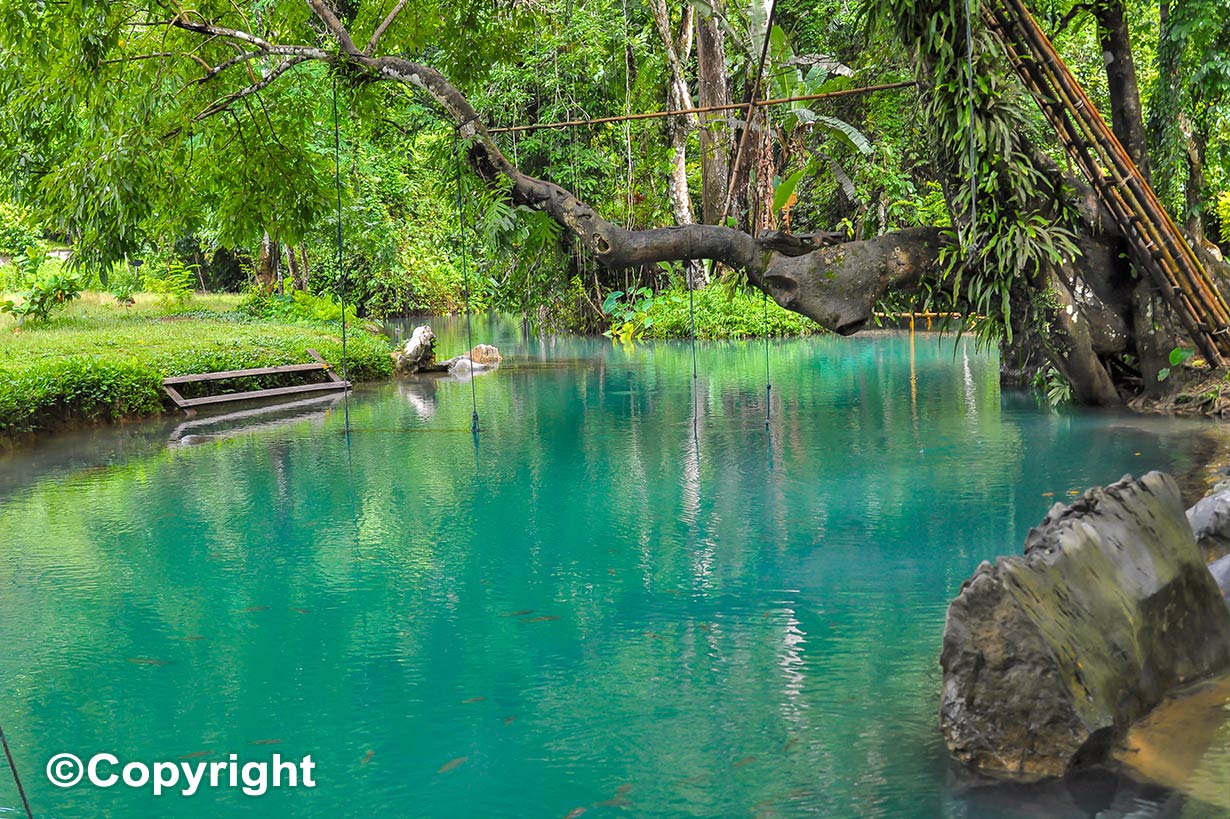
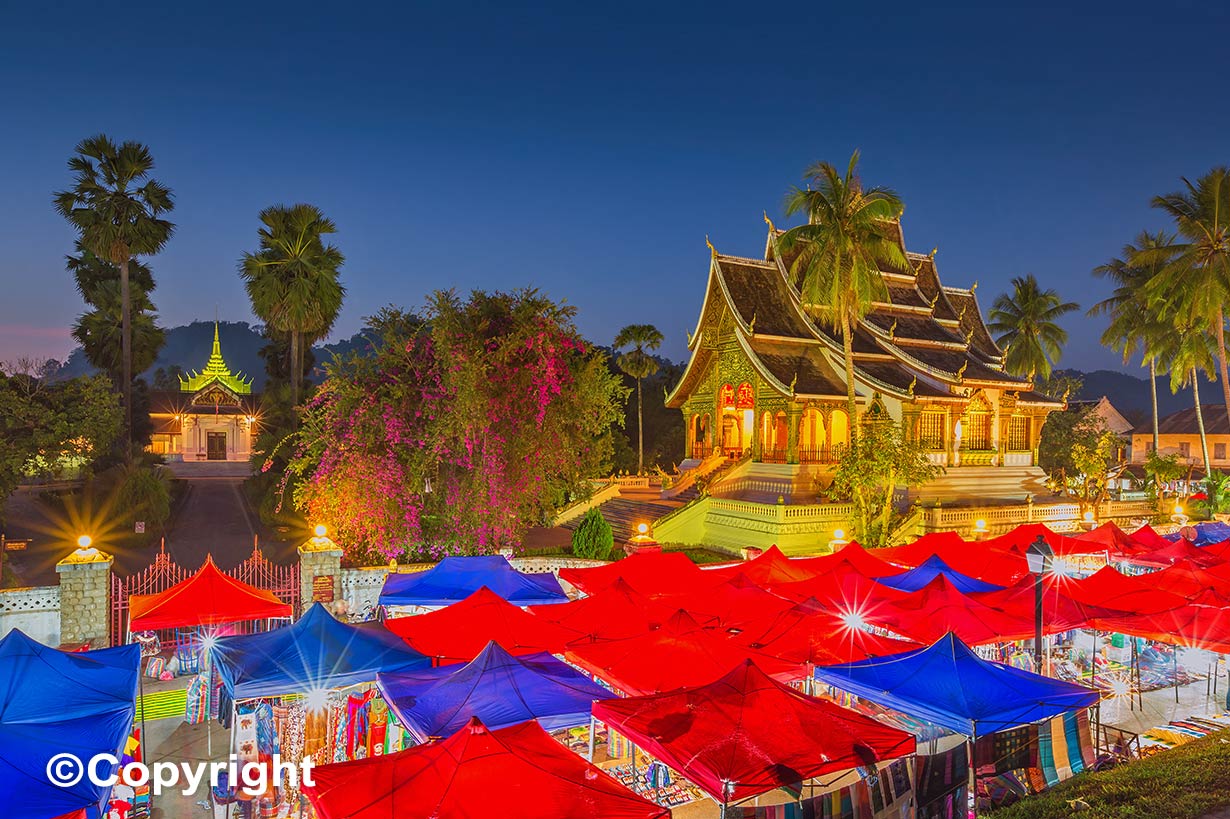

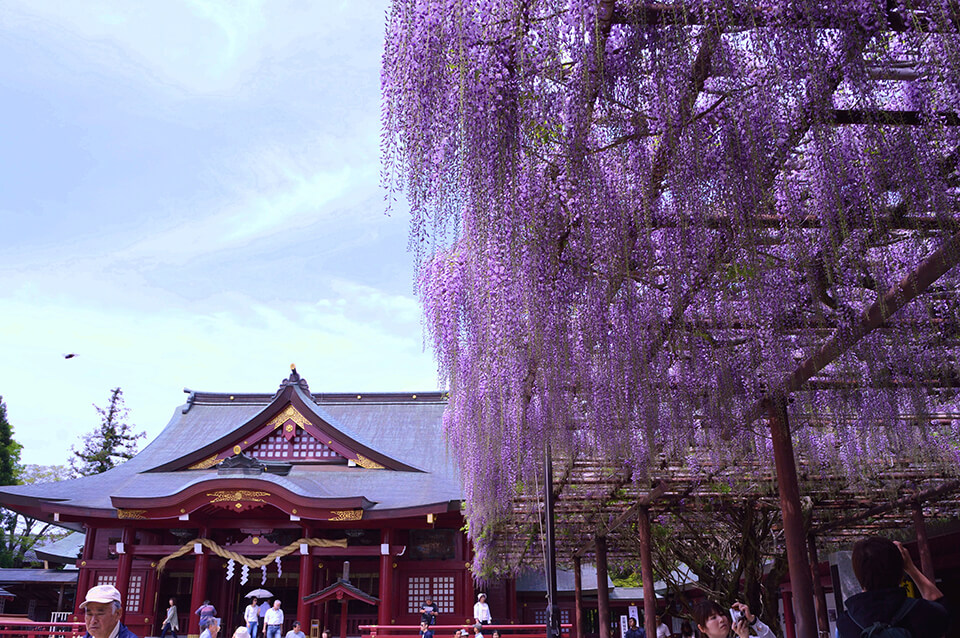
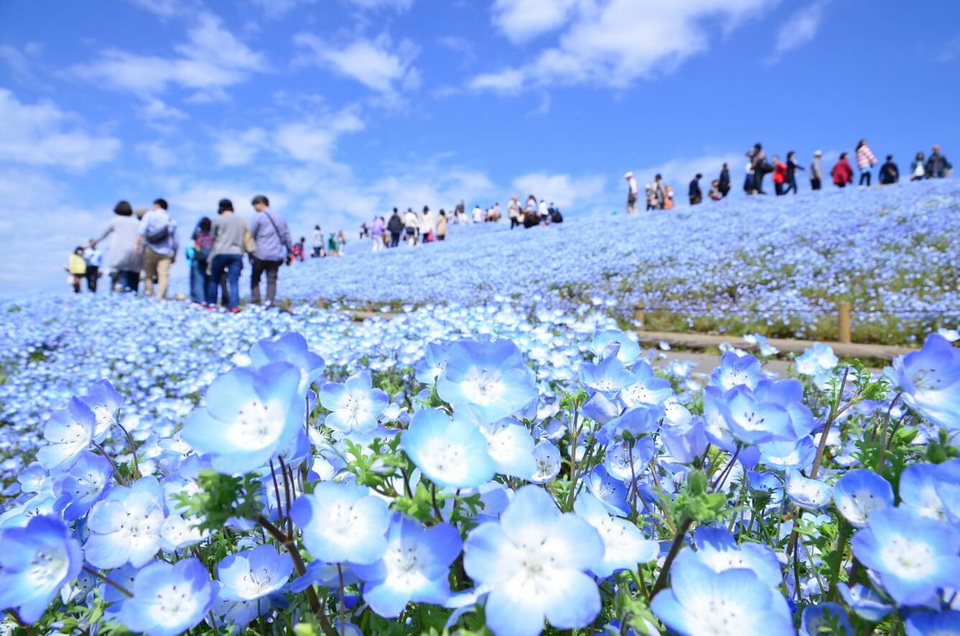
 (1).jpg)
